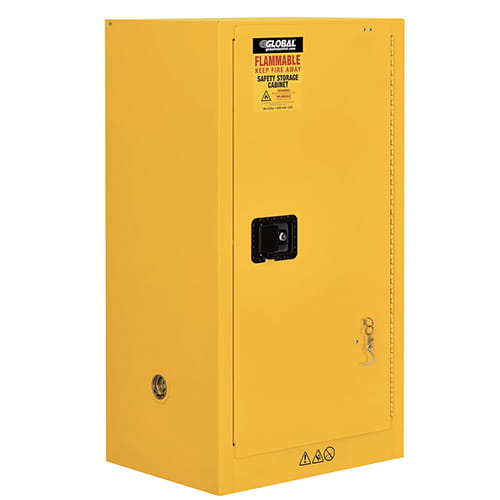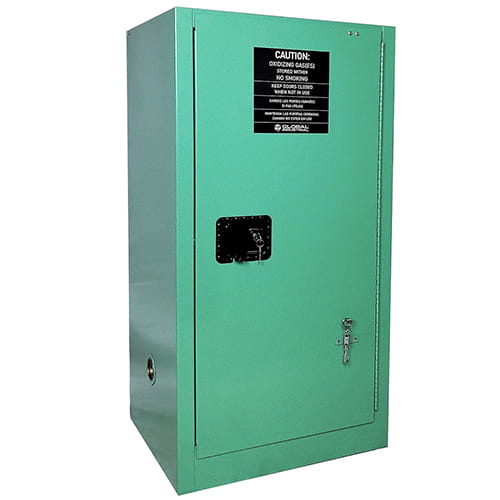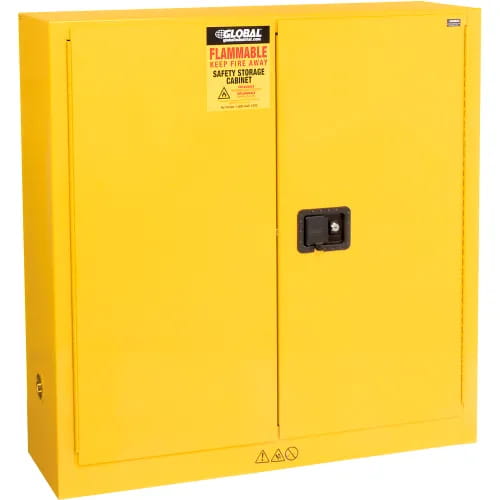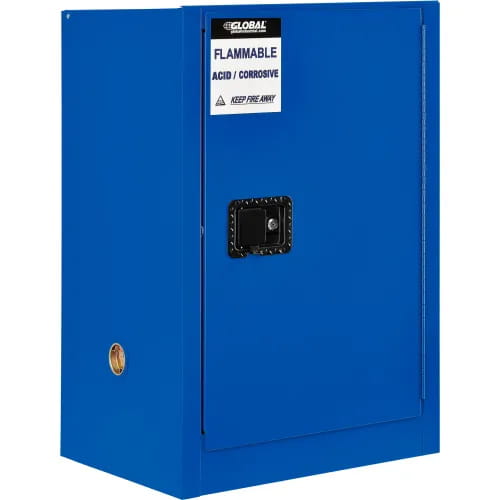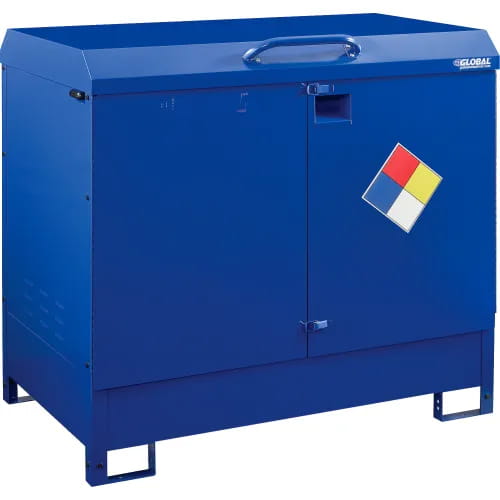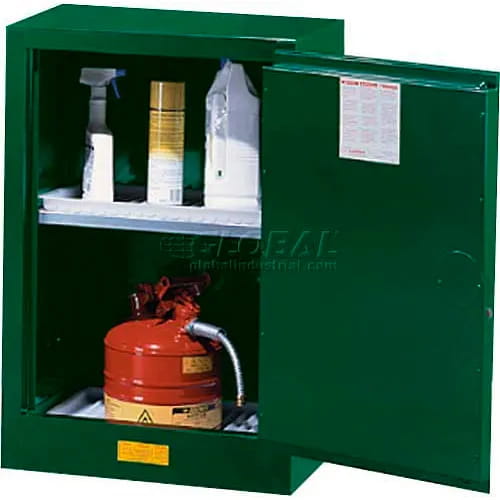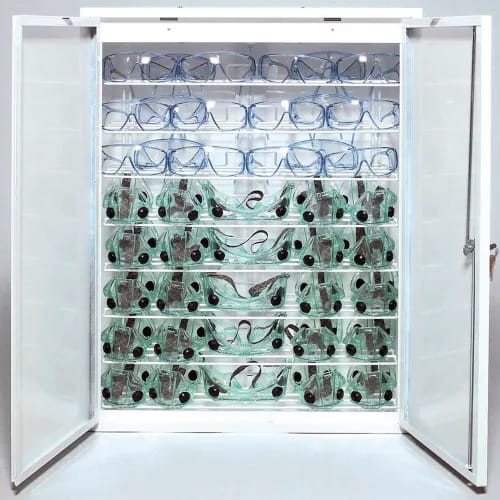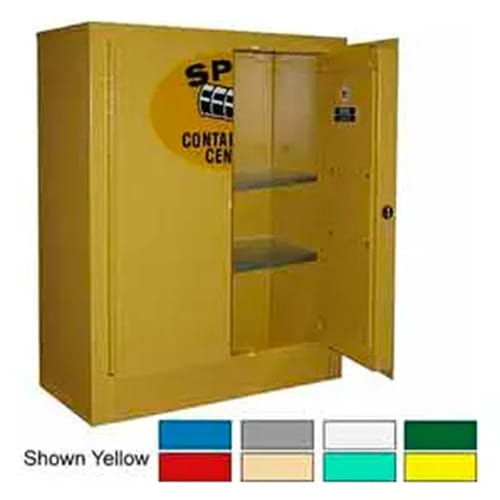Safety is everything. When your business involves hazardous materials, chemicals, or flammable substances, you cannot be too careful. Safety cabinets are designed specifically to securely house and organize potentially dangerous materials. Whether you are in a hospital, laboratory, or manufacturing facility, specialized safety storage units are absolutely indispensable in minimizing property damage and protecting your staff. Safety cabinets are the smartest long-term investment you can make when dealing with any potentially troublesome materials.
What Makes a Cabinet a ‘Safety Cabinet’?
A cabinet is a cabinet, right? Not when it comes to every work environment. Safety cabinets are specifically tailored to the materials they store, making them crucial for preventing disaster in your workplace. Some key features of safety cabinets include:
- Ventilation to prevent the accumulation of harmful fumes
- Fire protection materials that help prevent or mitigate the impact of a fire.
- Filtration to capture and neutralize dangerous vapors and biological hazards
Based on your needs, a biosafety cabinet, flammable cabinet, or chemical storage cabinet might be the difference between unnecessary risk and peace of mind.
When Do You Need To Purchase A Safety Cabinet?
Thinking ahead is always the right move. But it can be tough to gauge when is the right time to invest in safety cabinets. If you’re not sure, ask yourself a few questions:
Do you need hazardous storage onsite for the first time?
- It’s probably time to upgrade.
Have your existing cabinets been altered in ways that are no longer compliant with safety standards? Some examples of this:
- Welding i-Bolts to the cabinet to assist with moving
- Adding external attachments to dispense liquids
- Drilling holes and adding padlocks
- Adding unauthorized venting.
Any of these situations may create unnecessary risk for hazmat material. It’s probably time to upgrade.
How To Choose The Right Safety Cabinet
Choosing the right safety cabinet mostly comes down to a simple question: what are you storing? Take an inventory of the materials you use or are likely to use in the future. Safety cabinets are often color-coded to help users quickly identify the materials they are designed to store:
By selecting the appropriate color-coded cabinet, you ensure that your materials are stored safely and in compliance with regulations. Some other factors to consider:
- How much are you storing? Think about not just your existing inventory but also how much you anticipate your storage needs are going to grow in the future. Anticipation is your friend.
- Where is the cabinet going to be placed? Consider the available floor space for the cabinet and ensure that the location is convenient and accessible to necessary ventilation. Proper placement is crucial for both safety and efficiency.
Types of Safety Cabinets
Let’s get into it - which is right safety cabinet for you? Here are some options: Various types of safety cabinets are available, each designed to store specific hazardous materials securely. Here are some common types:
Flammable Materials Cabinets
Constructed from fire-resistant materials and feature ventilation to prevent buildup of hazardous fumes
Gas Cylinder Cabinets
Provide proper ventilation and restraint systems to prevent cylinders from tipping over and causing accidents
Corrosive Cabinets
Specifically designed to store acids, bases, and other corrosive substances, featuring built-in spill containment to prevent leaks
Emergency Preparedness Cabinets
Stocked with supplies such as first aid kits, fire extinguishers, and protective equipment
Hazardous Materials Cabinets
Geared for toxic and reactive substances and set up to prevent spills and cross-contamination of hazmat materials
Pesticide Cabinets
Constructed from materials that resist corrosive effects of pesticides and feature excellent ventilation
Germicidal Cabinets
Perfect for medical supplies and often equipped with ultraviolet lights or other germicidal mechanisms to prevent the growth of harmful microorganisms
Spill Containment Cabinets
Feature built-in spill containment systems to prevent leaks from spreading and causing harm
Safety Cans
While these don’t technically fall into the “cabinet” category, you may need your storage to be more mobile. Check out the variety of safety cans available for your needs.
Familiarize Yourself with Storage Guidelines
OSHA and the NFPA (National Fire Protection Agency) have created specific safety guidelines for construction and design requirements of storage of dangerous materials. That being said, not all chemicals can be stored in the same way. Temperature, ventilation, and handling procedures are some key factors in determining the appropriate safety cabinet. To help keep you in compliance with regulations, check out the requirements for your state. INSERT MAP
By selecting the right safety cabinet that meets all relevant safety standards, you can protect your people, equipment, and facilities from danger. Always refer to the MSDS (Material Safety Data Sheets) of chemicals you are storing to ensure compliance with safety guidelines. These chemical MSDS sheets provide crucial information about the handling, storage, and hazards associated with each chemical, helping to further enhance safety in your facility.
The information contained in this article is for informational, educational, and promotional purposes only and is based on information available as of the initial date of publication. It is the reader’s responsibility to ensure compliance with all applicable laws, rules, codes and regulations. If there is any question or doubt in regard to any element contained in this article, please consult a licensed professional. Under no circumstances will Global Industrial® be liable for any loss or damage caused by your reliance on this article.
